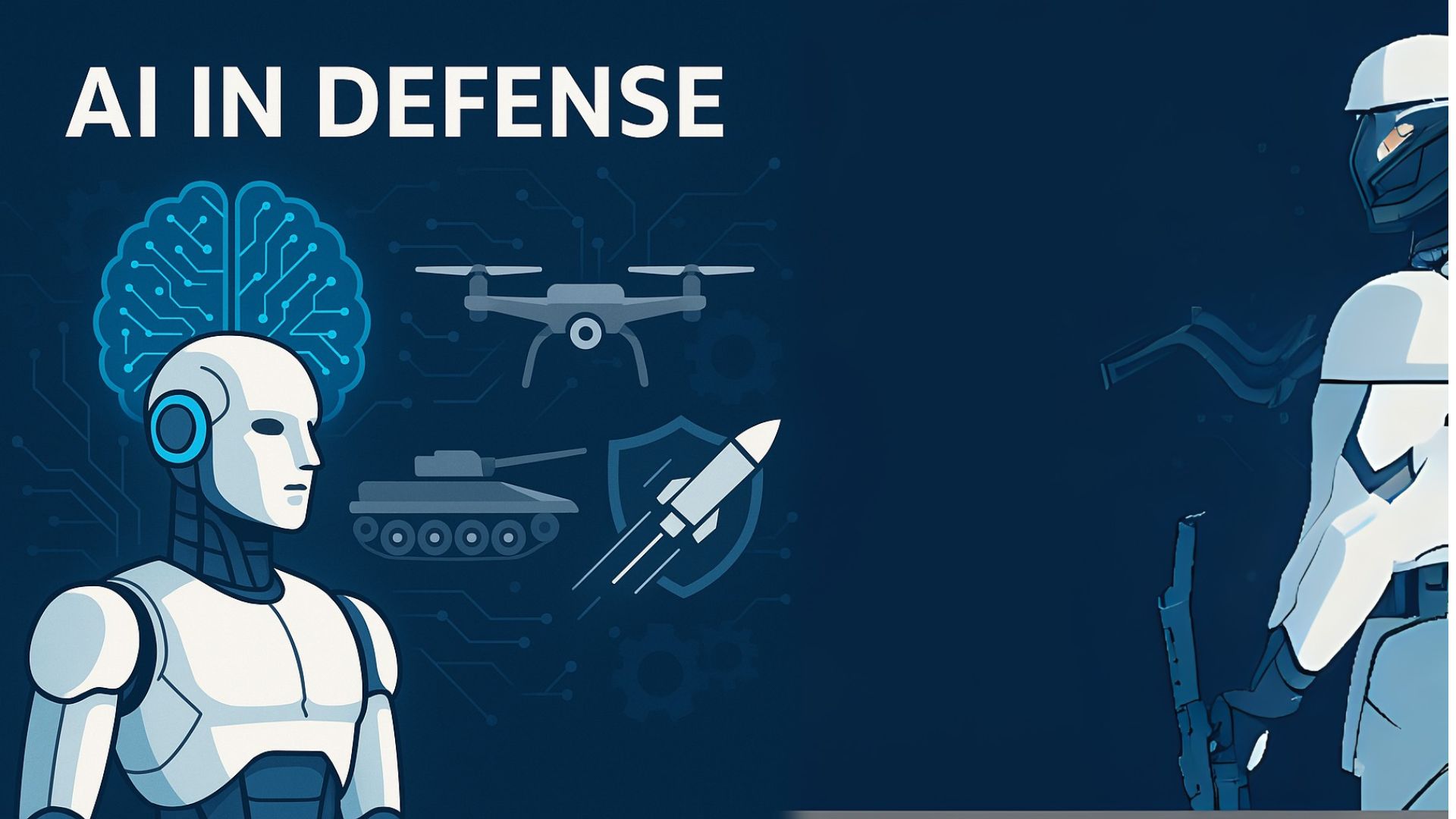The Cyber Threat Landscape Is Evolving
The cybersecurity landscape is no longer limited to firewalls, antivirus software, and manual incident response. Attack vectors are becoming more complex with the rise of ransomware-as-a-service, deepfakes, supply chain breaches, and AI-powered attacks. Traditional security models, which react to threats after they occur, are insufficient in a world where a single breach can cost millions and irreversibly damage reputations.
This is where AI comes into play. AI and Machine Learning (ML) algorithms can analyze vast amounts of data in real-time, identifying patterns, anomalies, and potential threats much faster than human teams could manage. These tools not only automate routine security tasks but also enhance decision-making with data-driven insights.
AI-Powered Cyber Defense Tools
AI is transforming cybersecurity across several key areas:
- Threat Detection: AI systems can continuously monitor network traffic and endpoints, flagging unusual behaviour patterns that may indicate a breach or insider threat. Unlike rule-based systems, AI learns from new data, improving its accuracy over time.
- Incident Response: Automated AI systems can triage and respond to common security incidents—isolating compromised devices or accounts within seconds—significantly reducing response times.
- Fraud Detection: Financial institutions use AI to detect fraudulent transactions in real-time by recognizing deviations from typical user behaviour.
- Phishing Detection: AI models can analyse emails, URLs, and web content to detect and quarantine phishing attempts before users engage with them.
The Double-Edged Sword of AI
However, AI is not just a tool for defenders—it’s also being weaponized by attackers. Cybercriminals are using AI to craft hyper-personalized phishing emails, bypass CAPTCHA systems, and automate vulnerability scanning. Deepfake technology, powered by generative AI, can be used to impersonate executives, spread misinformation, or manipulate video/audio content.
This creates an AI arms race—where defenders and attackers are continuously evolving their tools and tactics.
Ethics, Privacy, and the Human Factor
While AI enhances cybersecurity, it also raises questions around ethics, accountability, and data privacy. How do we ensure that AI systems don’t discriminate or misidentify threats? Who is accountable if an AI system mistakenly shuts down a critical infrastructure service?
Moreover, AI should not replace human cybersecurity experts, but augment them. Human oversight is essential for interpreting AI findings, making critical judgment calls, and ensuring that AI systems remain aligned with ethical and legal standards.
Preparing for an AI-Driven Security Future
Organizations need to take proactive steps to integrate AI into their cybersecurity frameworks responsibly. This includes:
- Investing in AI research and skilled talent
- Ensuring transparency and explainability in AI decisions
- Regularly testing AI systems for bias, accuracy, and vulnerabilities
- Developing robust AI governance frameworks
As AI continues to evolve, collaboration between security experts, policymakers, technologists, and regulators is vital to harness its benefits while mitigating risks.
AI and cybersecurity are no longer separate conversations—they are intrinsically linked in the future of digital safety. While AI introduces new challenges, it also offers powerful opportunities to build resilient, adaptive, and intelligent defense mechanisms. The organizations that embrace this shift and adopt AI-driven cybersecurity strategies will be better equipped to protect their data, reputation, and future in the digital world.




Comments (0)